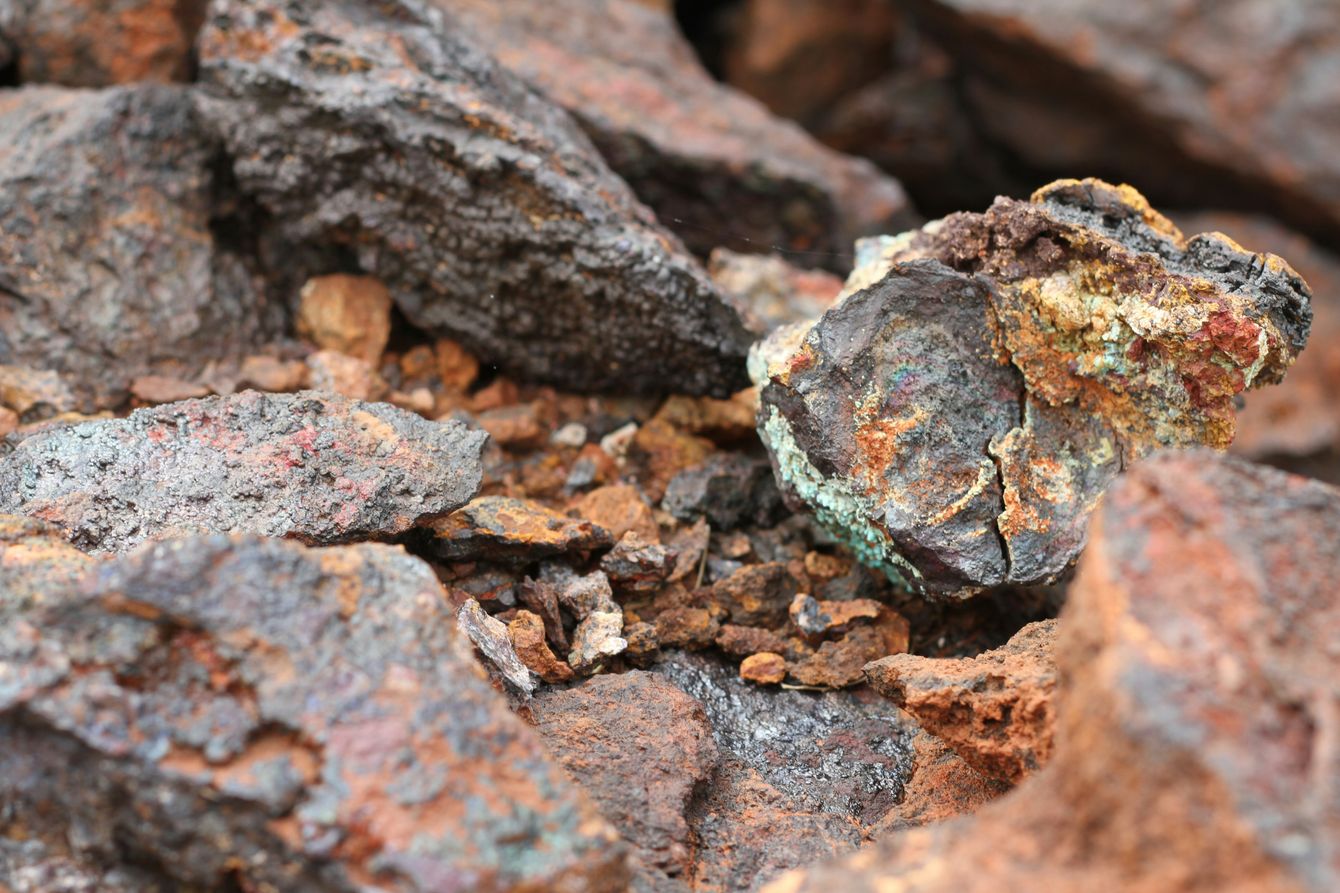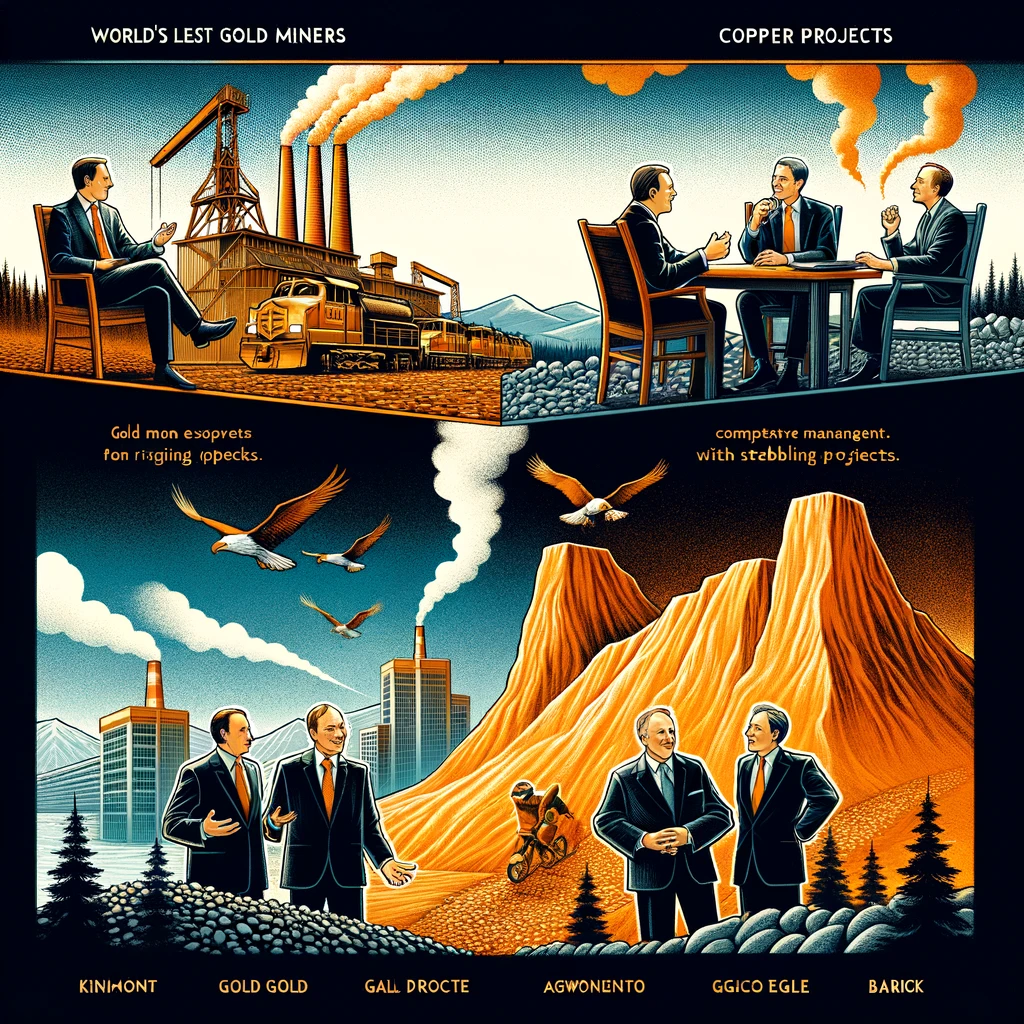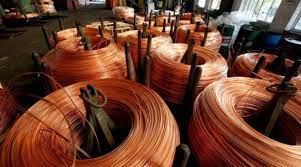Glencore and Trafigura are urging Asian smelters to agree to lower spot prices for the conversion of mined copper into metal this year, challenging the traditional industry benchmarks that are considerably higher, according to three sources familiar with the situation.
Traditionally, the industry has relied on annual benchmarks, known as treatment charges (TCs), for contracts involving the conversion of concentrate into copper. However, Glencore and Trafigura are advocating for TCs to be determined by spot market conditions, influenced by the growth in Chinese and global smelting capacity, along with constrained concentrate supplies that have resulted in reduced processing charges.
Commodity traders Glencore and Trafigura are proposing to set payment terms for Asian smelters based on treatment charges (TCs) linked to a basket of assessments from price reporting agencies, including Fastmarkets and SMM, for the 2024 supply, according to undisclosed sources.
The sources requested anonymity as they were not authorized to speak publicly on the matter. Additionally, the two trading houses are seeking to establish caps on TCs to safeguard margins in the event of a surge in mined copper supplies, which could potentially drive up TCs. With estimated supplies reaching around 22 million metric tons last year, some analysts suggest the market may face a deficit this year if supply disruptions persist.
According to a source from a prominent smelter, if the supply situation does not improve following the Lunar New Year in February, smelters may find themselves compelled to agree to the terms set by the trading houses.
Both Trafigura and Glencore are seeking to establish caps for treatment charges (TCs) in the mid-$60s per ton range, as indicated by a second smelter source. This source added that the specific cap could vary based on volumes and existing relationships. The sources emphasized that there is no specified floor, only proposed upper limits.
With China’s Lunar New Year holiday commencing on February 10, activity in the leading producer and consumer is expected to slow down.
The scarcity of material resulting from supply chain disruptions and the rise in China’s smelting capacity have driven down concentrate processing charges to approximately $40 per metric ton on the spot market. This is a 50% reduction from the agreed benchmark of $80 per ton, which was set last November between Chilean miner Antofagasta and China’s Jinchuan Group. The drop occurred following the closure of Panama’s mine and a significant reduction in Anglo American’s guidance in December.
China hosts half of the world’s copper smelters and stands as the foremost purchaser of raw copper materials, encompassing concentrates and scrap. Customs data reveals that its imports of copper ore and concentrate reached a record high of 27.54 million tons in 2023, marking a 9.1% increase from the previous year.
In 2022, Glencore supplied the global market with over one million tons of copper metal and concentrates. The company’s projected guidance for 2023 is also around one million tons. While Trafigura doesn’t disclose the specific size of its copper portfolio, it serves smelters worldwide by providing copper concentrate.










